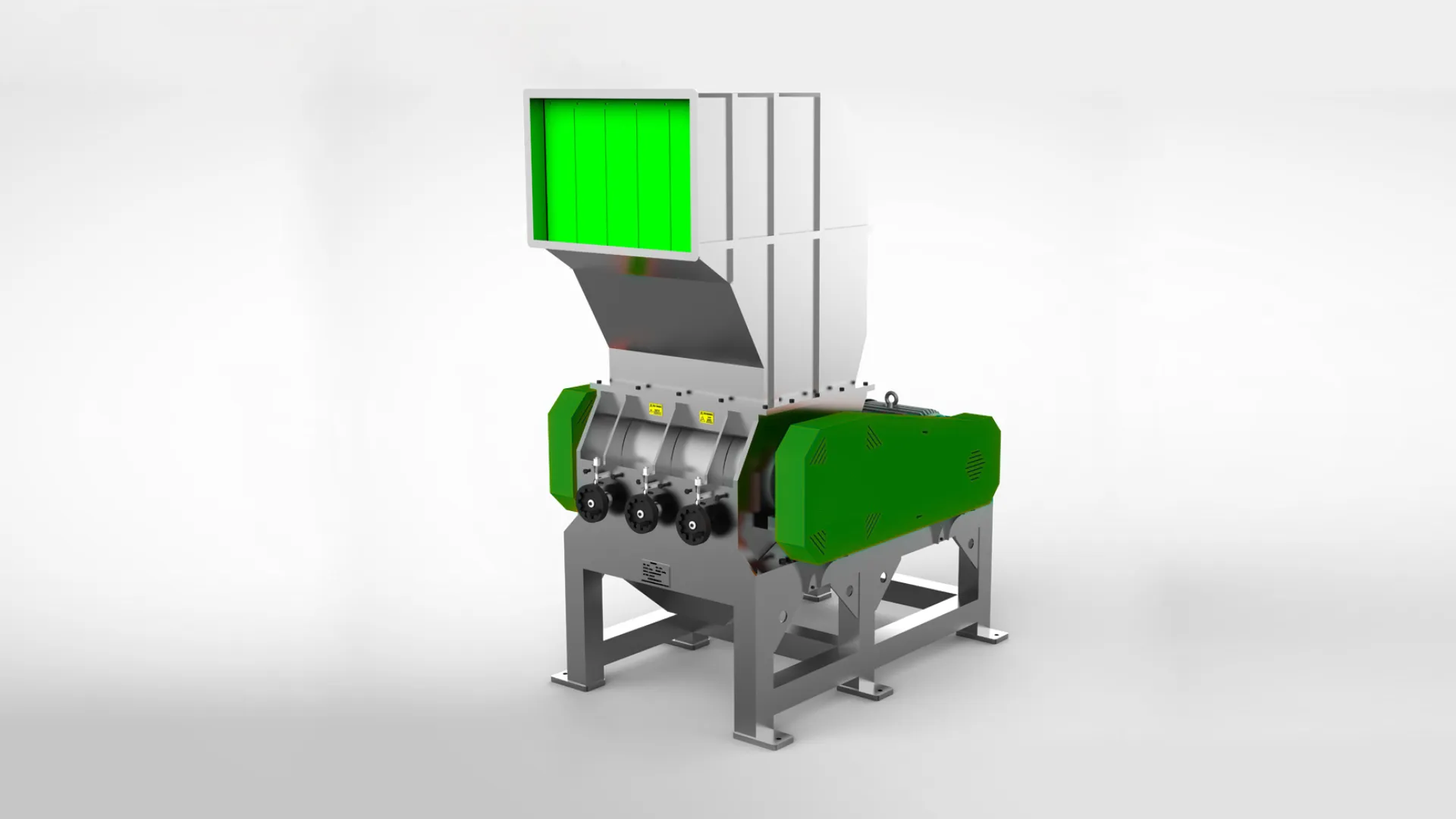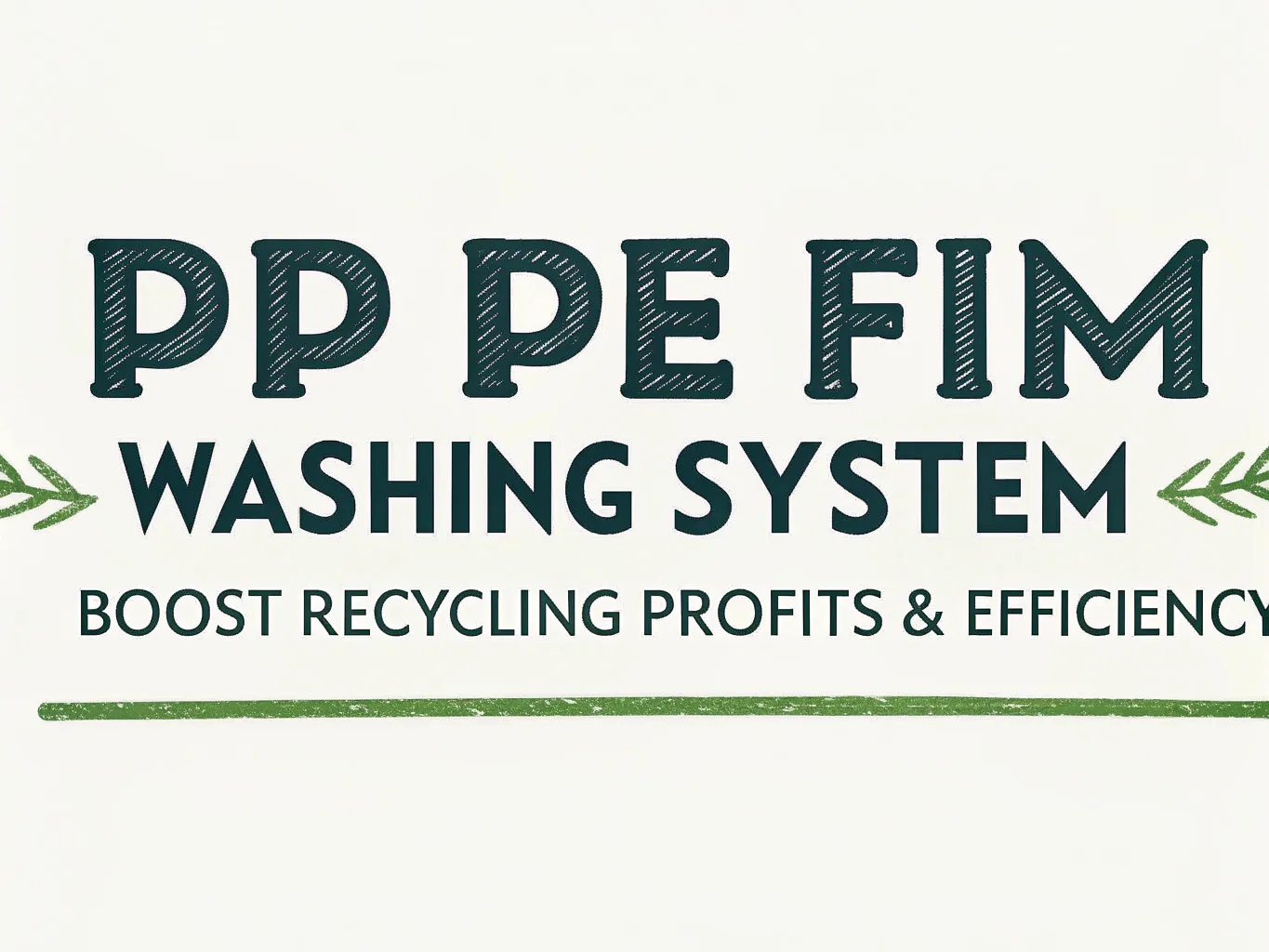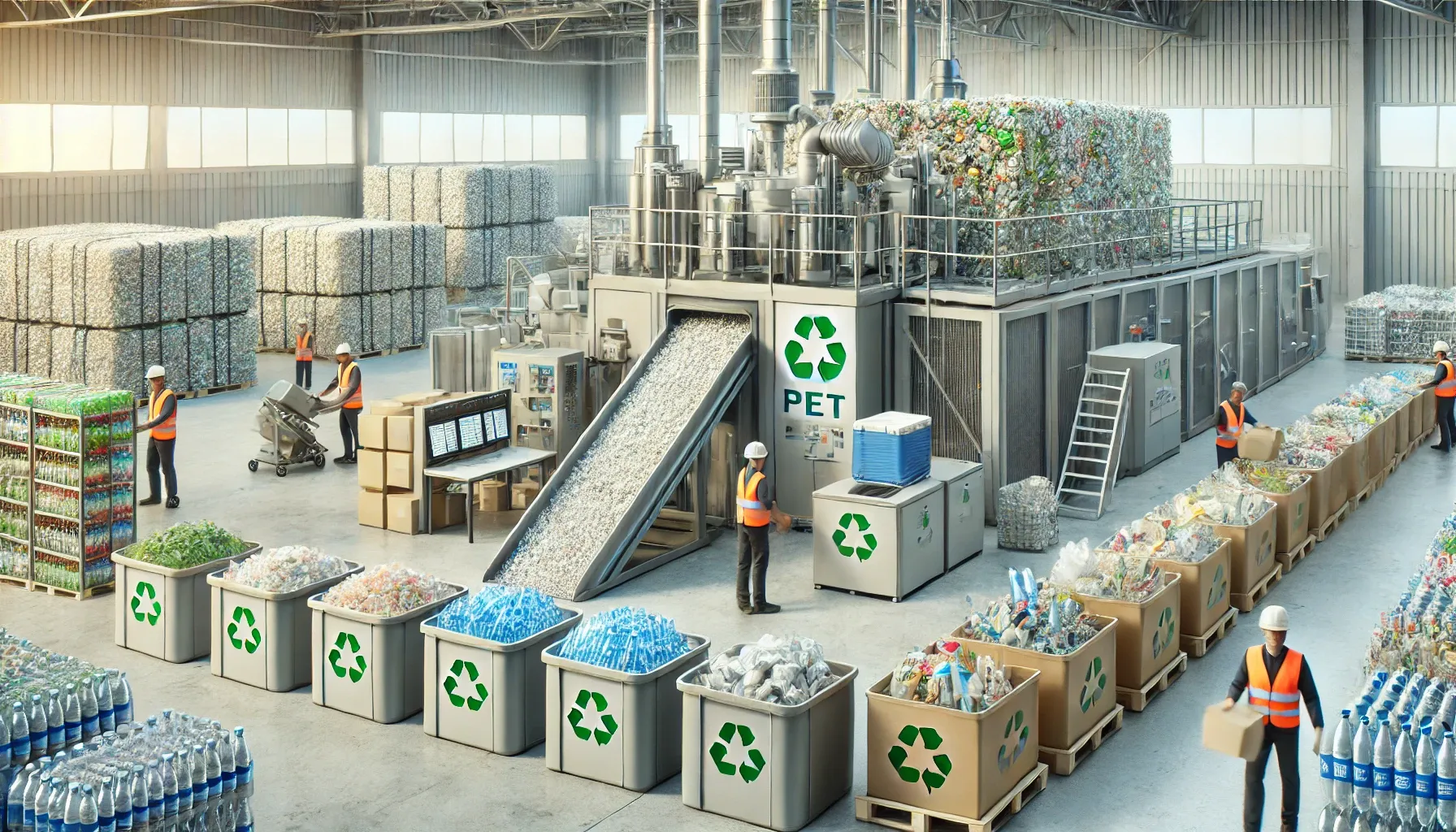Определяющее руководство по линиям мойки для переработки ПЭТ-бутылок

Линия мойки для переработки ПЭТ-бутылок - это современная интегрированная система оборудования, созданная для одной основной цели: превратить сильно загрязненные, прессованные после потребления ПЭТ-бутылки...











